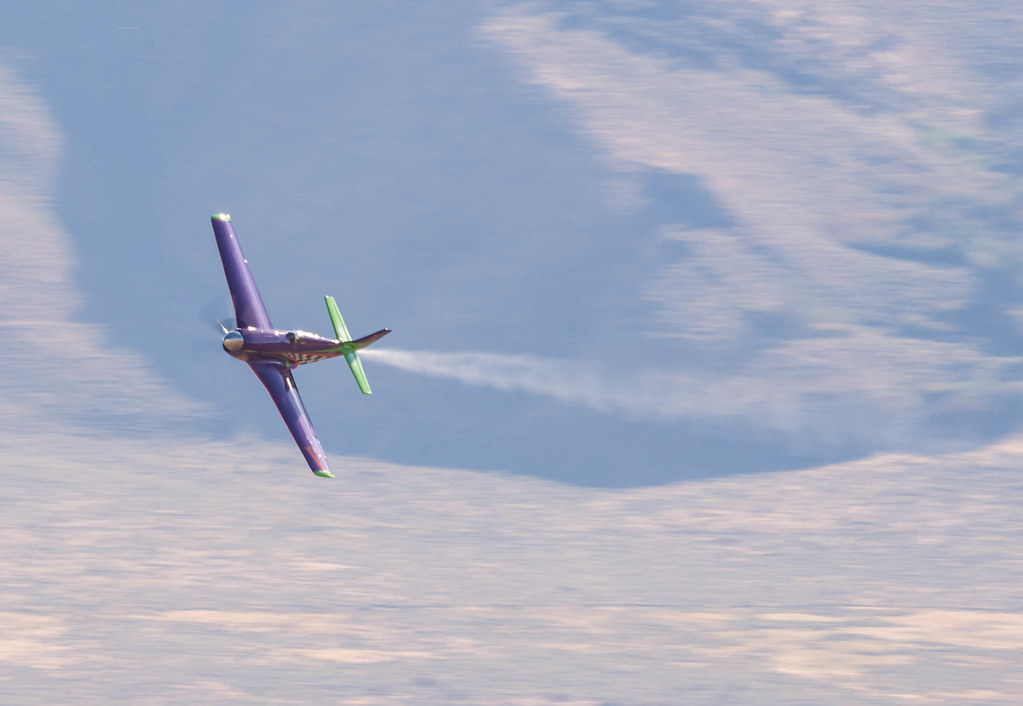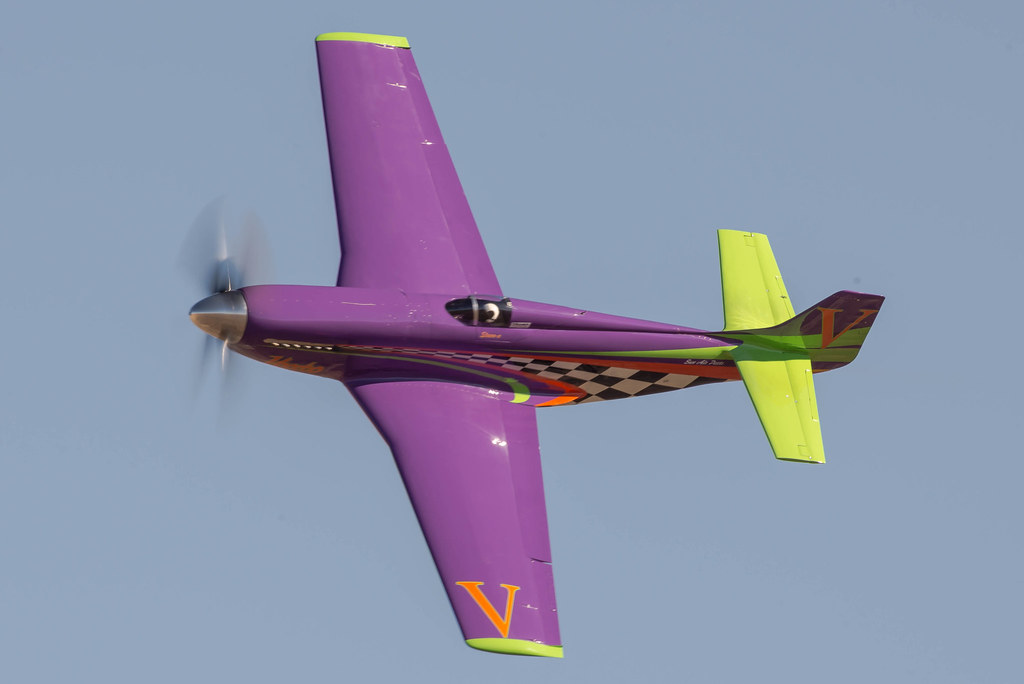Nikon shooters!
So, with about 5500 images to go through now, one thing is readily clear to me..After using the D500 for the weekend, at Reno, I now know that at 10fps continuous shooting, the files add up very quickly. I guess that means more through away shots!
I thought I'd have a bit higher success ratio than I did with the D800. But I don't think so...
At the races this year, I used a Nikon D500 with Tamron 150-600 f5/6.3 , Nikon 17-55 f2.8, and a little Tokina 11-16 DXII f2.8.
I'll write up my impressions in this thread, followed with unedited photos. Only resized.
First up;
Czech Mate on the ramp.
Shot with Tamron 150-500 at 190mm, 1/100, ISO-160, f20

And 100% crop:

I really liked the ability to select focus points over a wide area. However, I found myself sticking to center focus mostly anyway. Not sure if the ability to select all the way to the edge really gave me any great advantage.
Unfortunately, with the Tamron 150-600, I never could get anything really sharp. Everything I shot with this lens, regardless of tune, was a bit soft for my liking. I hope the guys who used the D500/Nikon 200-500 had better results?
So, with about 5500 images to go through now, one thing is readily clear to me..After using the D500 for the weekend, at Reno, I now know that at 10fps continuous shooting, the files add up very quickly. I guess that means more through away shots!
I thought I'd have a bit higher success ratio than I did with the D800. But I don't think so...
At the races this year, I used a Nikon D500 with Tamron 150-600 f5/6.3 , Nikon 17-55 f2.8, and a little Tokina 11-16 DXII f2.8.
I'll write up my impressions in this thread, followed with unedited photos. Only resized.
First up;
Czech Mate on the ramp.
Shot with Tamron 150-500 at 190mm, 1/100, ISO-160, f20

And 100% crop:

I really liked the ability to select focus points over a wide area. However, I found myself sticking to center focus mostly anyway. Not sure if the ability to select all the way to the edge really gave me any great advantage.
Unfortunately, with the Tamron 150-600, I never could get anything really sharp. Everything I shot with this lens, regardless of tune, was a bit soft for my liking. I hope the guys who used the D500/Nikon 200-500 had better results?

















Comment